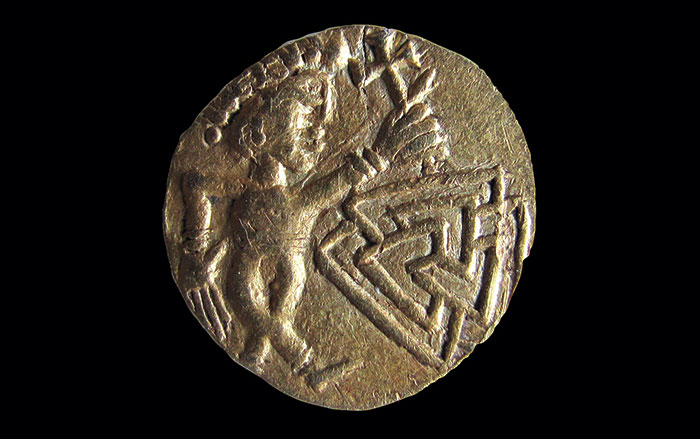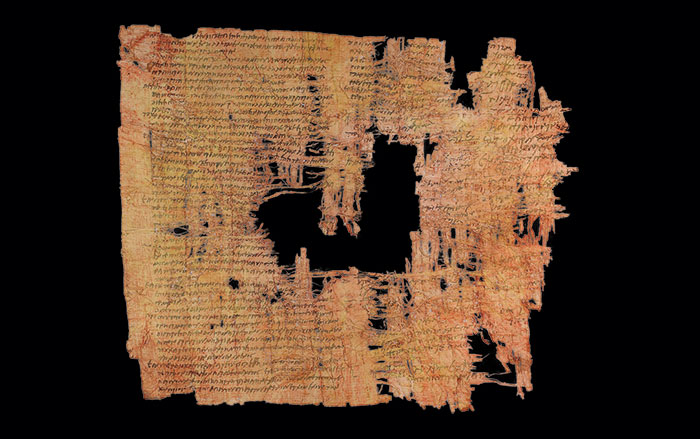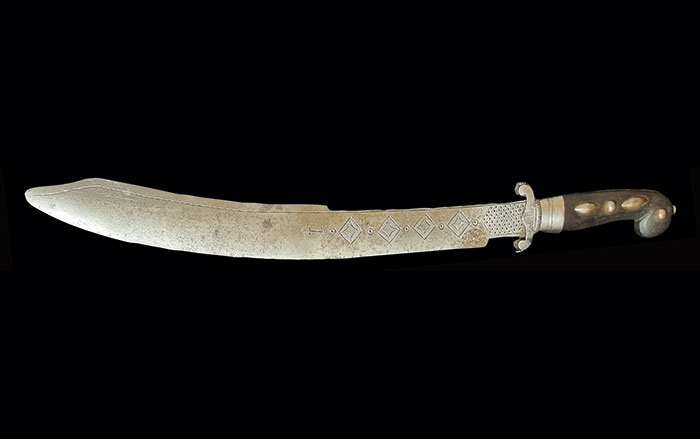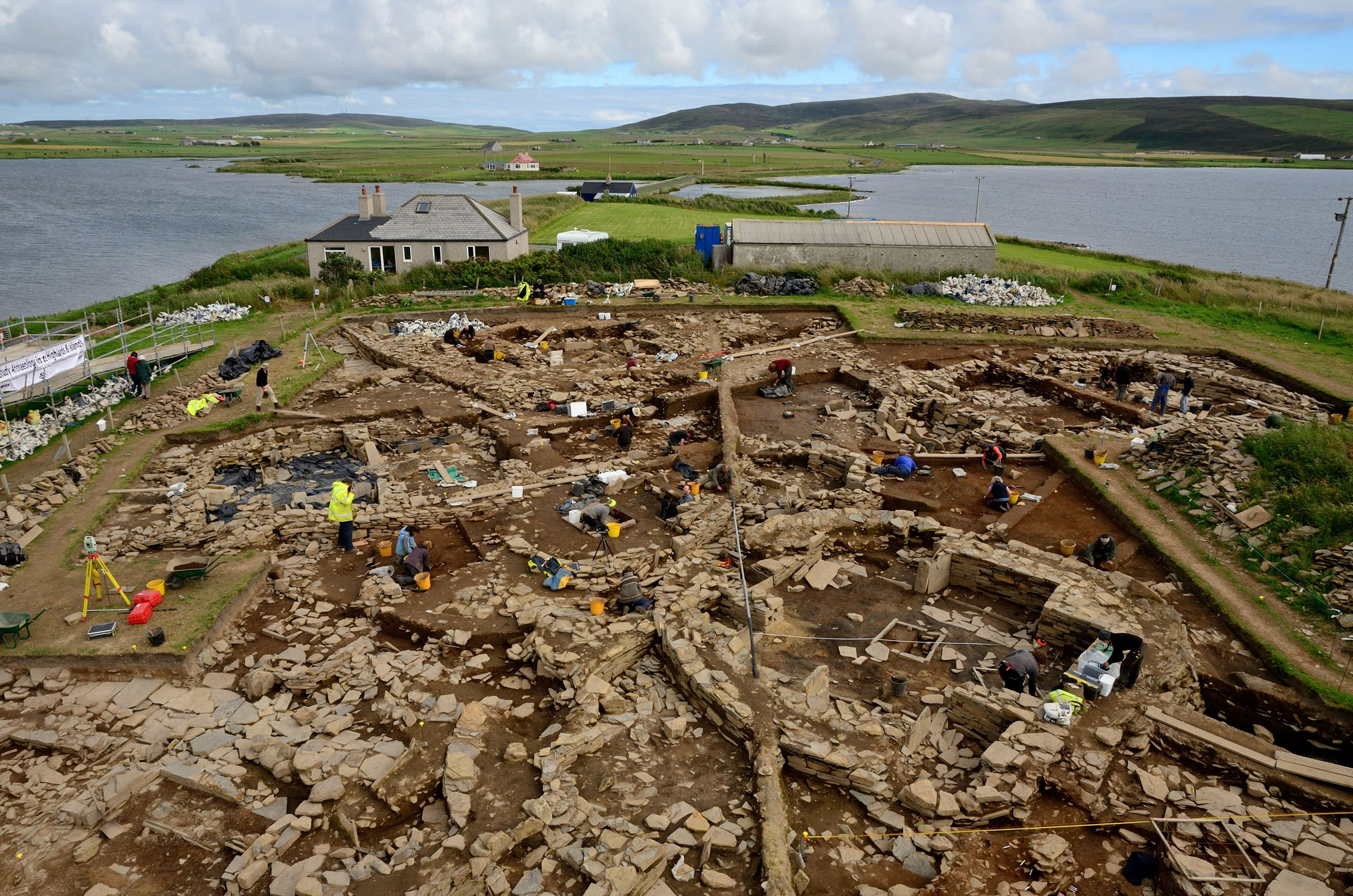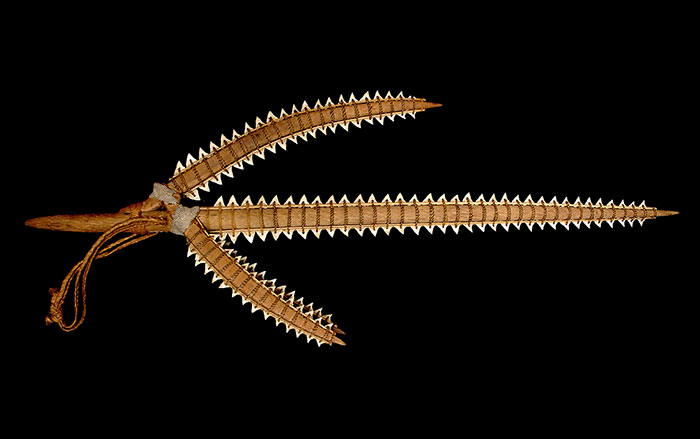
CAIRO, EGYPT—It's no secret that the political turmoil touched off by the Arab Spring had a deep, negative impact on archaeology and tourism in Egypt. But Mohammed Ibrahim, the new head of the country's antiquities ministry, is optimistic. He notes that foreign archaeologists are beginning to return to work in Egypt, and that concern about Islamic fundamentalists calling for the destruction of pharaonic monuments is overblown. According to Ibrahim, the country's top religious scholars have all agreed that Islam is not incompatible with preserving ancient non-Islamic heritage. Tourism has still not rebounded, though, so in a bid to lure visitors back Ibrahim has opened a number of sites that have been closed for years, including the catacombs at Sakkara and the Pyramid of Chepren, the second largest on the Giza plateau. "If you want to help us," says Ibrahim, "the only thing we need from you is to come back."



